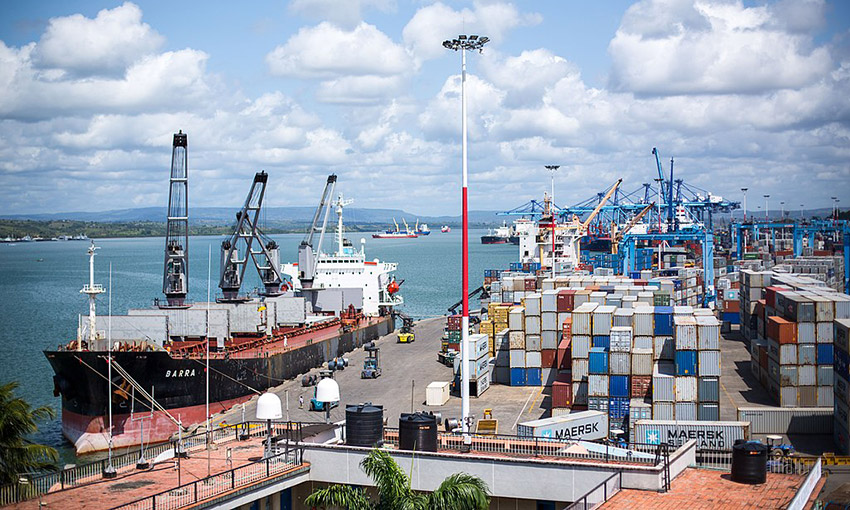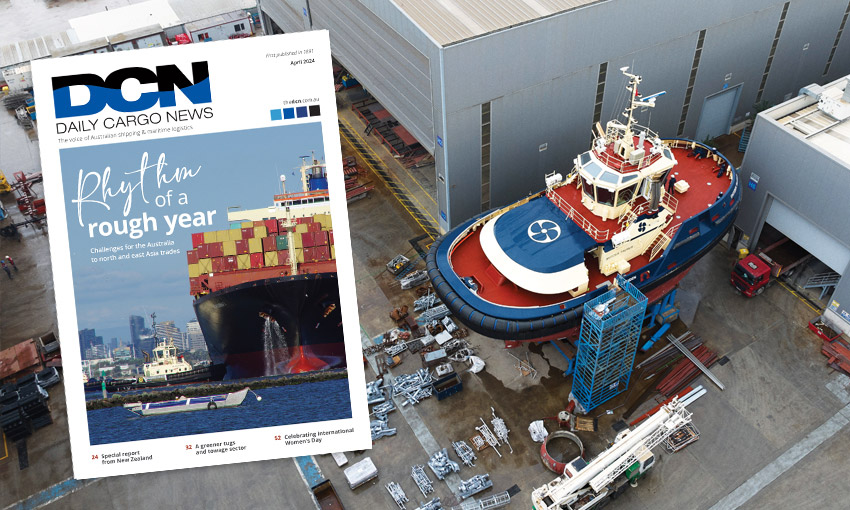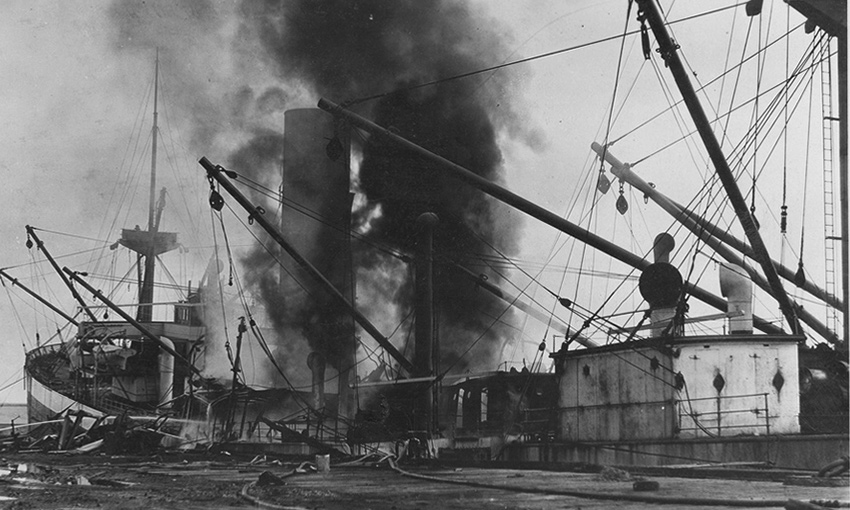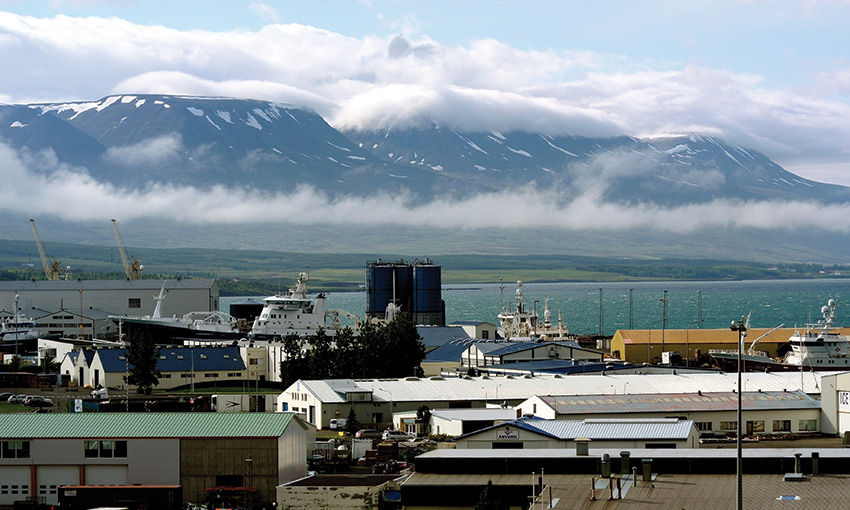KENYA is the second largest economy in East Africa and is considered a trade gateway to the continent. Britannica highlights the historical importance of country’s ports for Arabian and Asian traders.
Kenya gained independence in from Britain in 1963, and has since played a major role in maritime, regional security and humanitarian matters around the Horn of Africa.
MARKET OVERVIEW
Significant mineral and energy resources are present in Kenya, but with thousands of large farms, ranches and plantations, the agriculture industry employs most the country’s population. However, a lack of water, infrastructure and arable land constrains expansion of the sector.
Kenya attempted to diversify its exports in the 1990s in an effort to decrease its dependence on volatile agricultural markets. Products such as tea, fresh flowers, fruits, vegetables and coffee now constitute the greatest proportion of the nation’s exports.
Australia’s two-way trade with Kenya in 2021 was valued at nearly $500 million. Australia’s main exports to Kenya are wheat and minerals, while bulk imports are mostly coffee and vegetables.
THE INDUSTRY LANDSCAPE
The Port of Mombasa is the principal port in Kenya. According to Britannica, it also handles a majority of the import traffic for Burundi, Rwanda, Uganda and the eastern part of the Democratic Republic of the Congo. The port has two container terminals: the Mombasa Container Terminal, and the recently built Kipevu Container Terminal, which have a combined annual capacity of 1.65 million TEU.
The Kenya Ports Authority is responsible for the ports of Mombasa, Lamu, Malindi, Kilifi, Kiunga, Vanga, Shimoni, Funzi and Mtwapa. The Kenya Maritime Authority has regulatory oversight of the wider maritime industry.
MARITIME CHALLENGES
The national government’s Kenya Vision 2030 agenda includes big plans for the port of Lamu. The project, known as LAPSSET, involves expanding the port and developing a transport corridor connecting Lamu with South Sudan and Ethiopia. A reported aim of the project is to reduce dependence on Port of Mombasa.
A 2022 article from The Conversation notes port construction under the LAPSSET project began in 2012. The port is expected to hold 32 berths. The first berth began operating in May 2021.
The article suggests port construction works have destroyed coral reefs and mangroves and have polluted fish breeding grounds. It said the area is now unsuitable for fishing, which has had “drastic effects” on a community of local fishermen, sparking resistance to the corridor’s development and resulting in a court case.
The court found that the local Lamu government wasn’t involved in the planning and implementation of the port. Judges ordered the government pay US$170 million in compensation to 4700 fishermen displaced by the port construction.
This article appeared in the July 2023 edition of DCN Magazine





